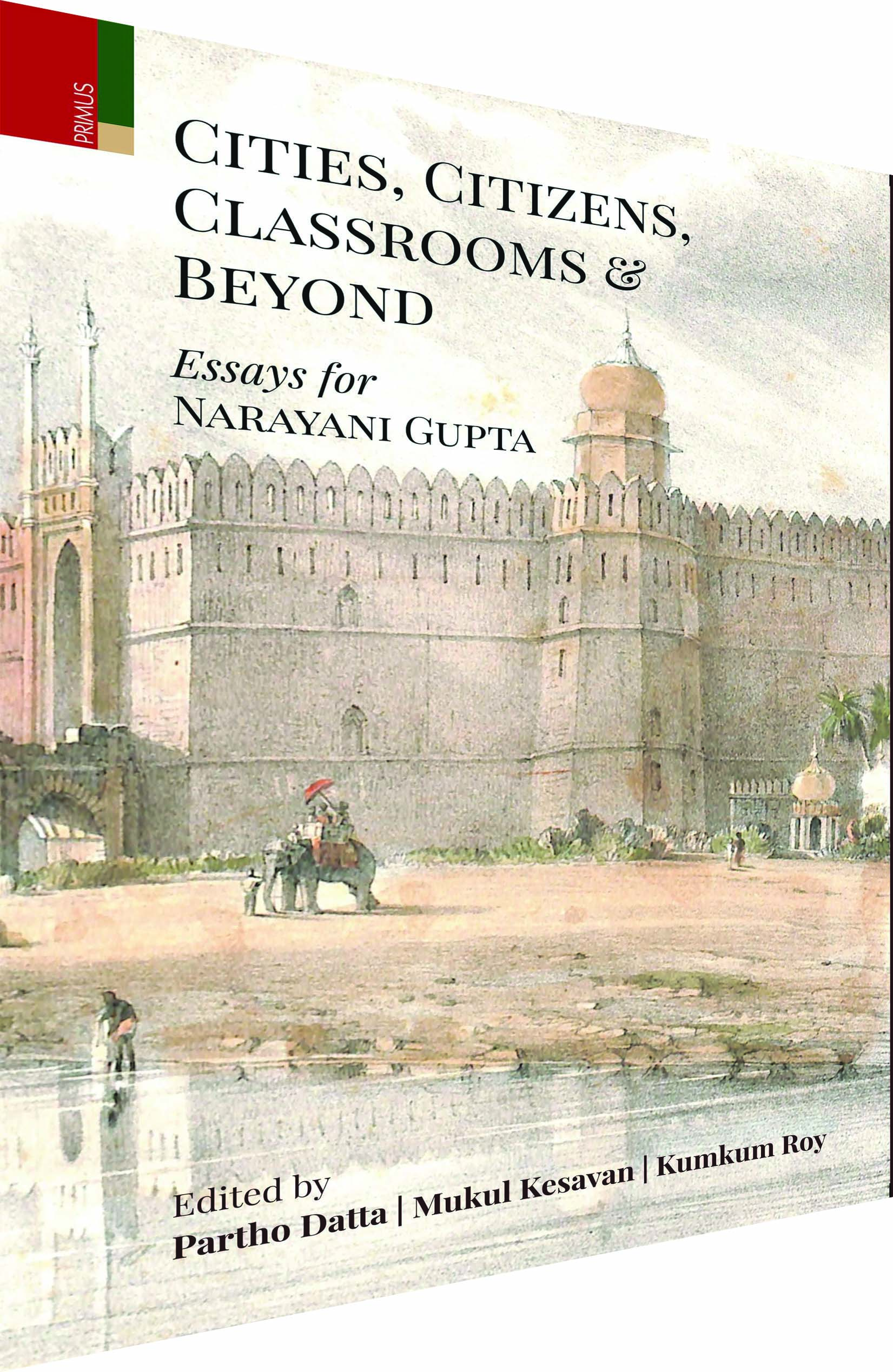
Edited by Partho Datta, Mukul Kesavan and Kumkum Roy
Primus books
Rs.1,295 Pages 400
This compendium celebrates Narayani Gupta, historian, teacher, public intellectual and popular writer and also celebrates her beloved city, Delhi
This book not only celebrates Narayani Gupta — historian, teacher, public intellectual and popular writer, but also doubles as a celebration of her beloved city, Delhi. As the omnibus title suggests, its content strays beyond the layered histories of the capital, to include instructively, cities as far apart as Bombay, Jalandhar, Calcutta, Agra, Lalitpur and Srirangam. But the shared commitment to rethinking the historical city, to devise an appropriate approach to historical conservation, and teach history in classrooms and settings that have so dramatically transformed of late — all these bind the contributions together.
The book consists of 23 essays divided into three parts, appropriately beginning with the ways in which Narayani Gupta touched many lives, as colleague and mentor.
The first part sets the tone for what follows: the warmth, respect and admiration for Narayani Gupta. It is the second part that addresses the many historical and contemporary aspects of Indian urbanism which should interest a wide range of historians, architects, planners, and of course, interested generalists.
Who, among those who have with pleasure taught courses on Modern City (me included), has not included the thoroughly researched and elegantly written book by Narayani Gupta, Delhi Between Two Empires? Apart from the respectful accounts of Patrick Geddes’s historic tour of, and engagement with Indian towns and urbanism (by Helen Millar and AG Krishna Menon) is a synoptic view of colonial planning in the city of Calcutta (Partho Datta).
And Ranjeeta Dutta takes us back to the early modern Srirangam, via a text called the Koil Olugu (‘The Koil Olugu and Srirangam in the Tamil Region’), more properly a temple history. Other accounts of pre-colonial cities and urbanisms include a discussion of Agra (Shailaja Kathuria), Jalandhar (Indu Banga) and a comparison of Calcutta and Delhi (Atiya Habeeb Kidwai).
Delhi also forms the backdrop for three different types of events/processes. One, the city as the centre of nationalist mobilization, seen through the trial of Asaf Ali (TCA Raghavan); two, the city as the site of Communist mobilization (Amar Farooqui); and three, the city, or more specifically Indraprastha College that witnessed new, bold engagements by women in political action in the mid 20th century (Meena Bhargava). Jim Masselos provides an unusual frame for understanding Bombay through what he describes as the ‘Life of Dead Bodies’ — ranging from the Parsi-Muslim riots of 1874 to the commemoration of Tilak’s death in 1920. Likewise, Krishna Kumar shares a very personal memory of Tikamgarh and Lalitpur through the lens of the dramatic (and delayed) entry of the railways, those steel gashes that ripped through the industrial towns of the 19th century.
Cities, Citizens highlights another important aspect of Narayani Gupta as teacher. Apart from the warm tributes from her colleagues and former students is the shift in focus by PK Basant on the contemporary classroom and the challenges it poses to teachers of history. Drawing on his experience at Jamia Millia University, where Gupta taught, he begins with the query he posed to students (‘Why History?’) and receives the bald response that it is the last resort of those aspiring for a university degree. At a time when raucous debates and discussions about history are heard on streets and TV channels, and court rooms rather than classrooms, it is a frank admission of the low esteem accorded to academic pursuit of history.
This volume is a deliberately mixed bag, offering something of interest to a wide range of people. As such, it cannot but be an uneven and eclectic read. But it is in some ways a reflection of, and a definite complement to the indefatigable energies that Narayani Gupta brought to the domains of history writing, teaching and to public history, animated by her interventions and insights.
Janaki Nair (The Book Review)
